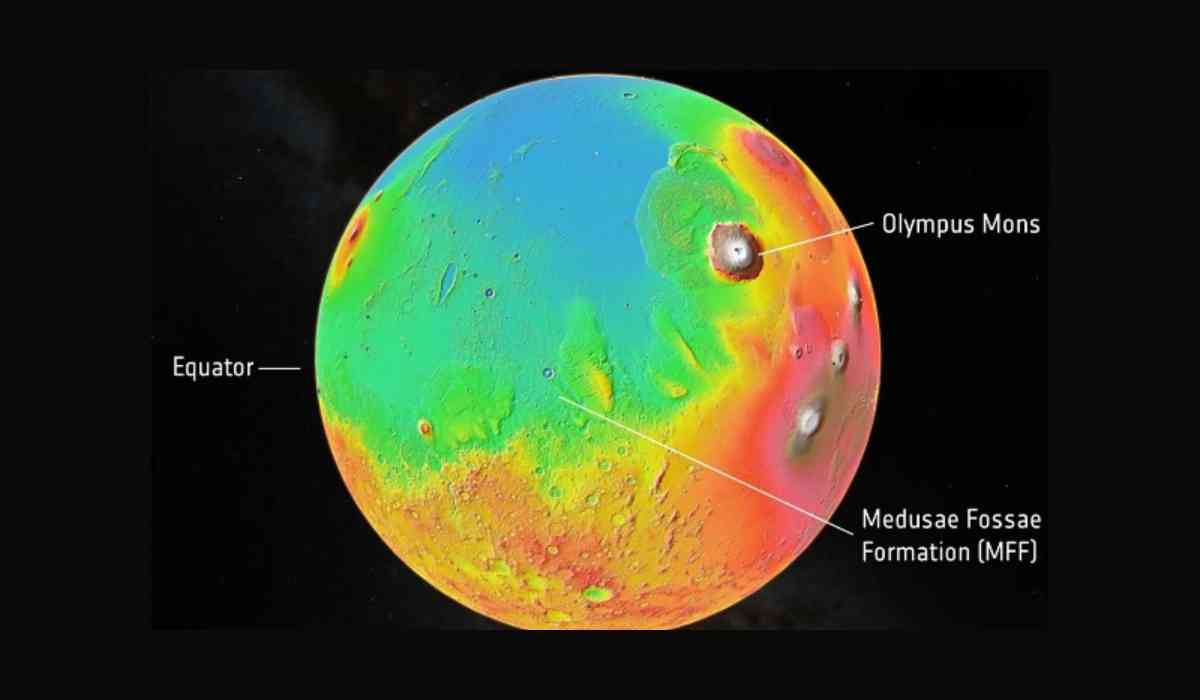Mars, our neighbouring red planet, has surprised scientists once again with an intriguing revelation. Recent research indicates that large sheets of ice are concealed at its equator. These icy layers extend for several kilometres beneath the surface, and if melted, could cover the entire surface of Mars. The resulting "Martian ocean" would measure 1.5 to 2.7 meters (4.9 to 8.9 feet) in depth.
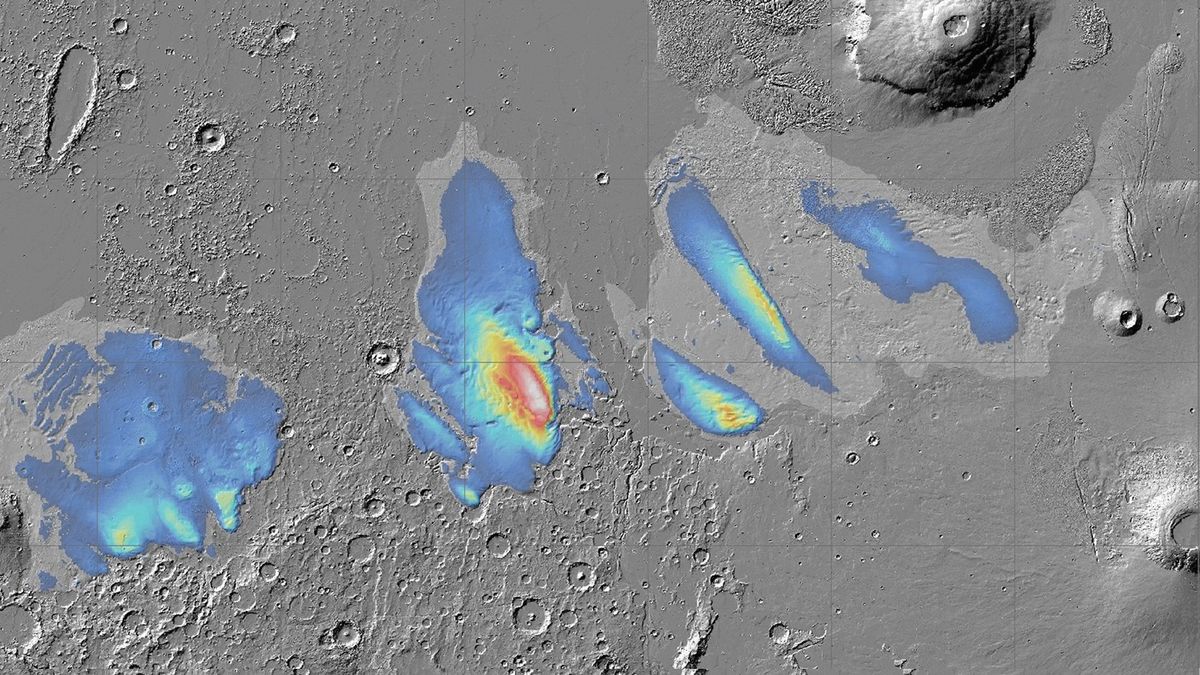
Unveiling the Ice at Medusae Fossae Formation
The discovery originates from the Medusae Fossae Formation region, located on the Martian equator, initially identified in 2007. At that time, scientists were uncertain about the composition of this area. Now, with advanced technology, it has been revealed that giant ice slabs are hidden beneath the Martian surface.
This breakthrough adds weight to the possibility that life may have existed on Mars, as previous evidence suggested the existence of ancient rivers on the planet. However, this marks the first instance of such a substantial water reservoir found at the Martian equator.
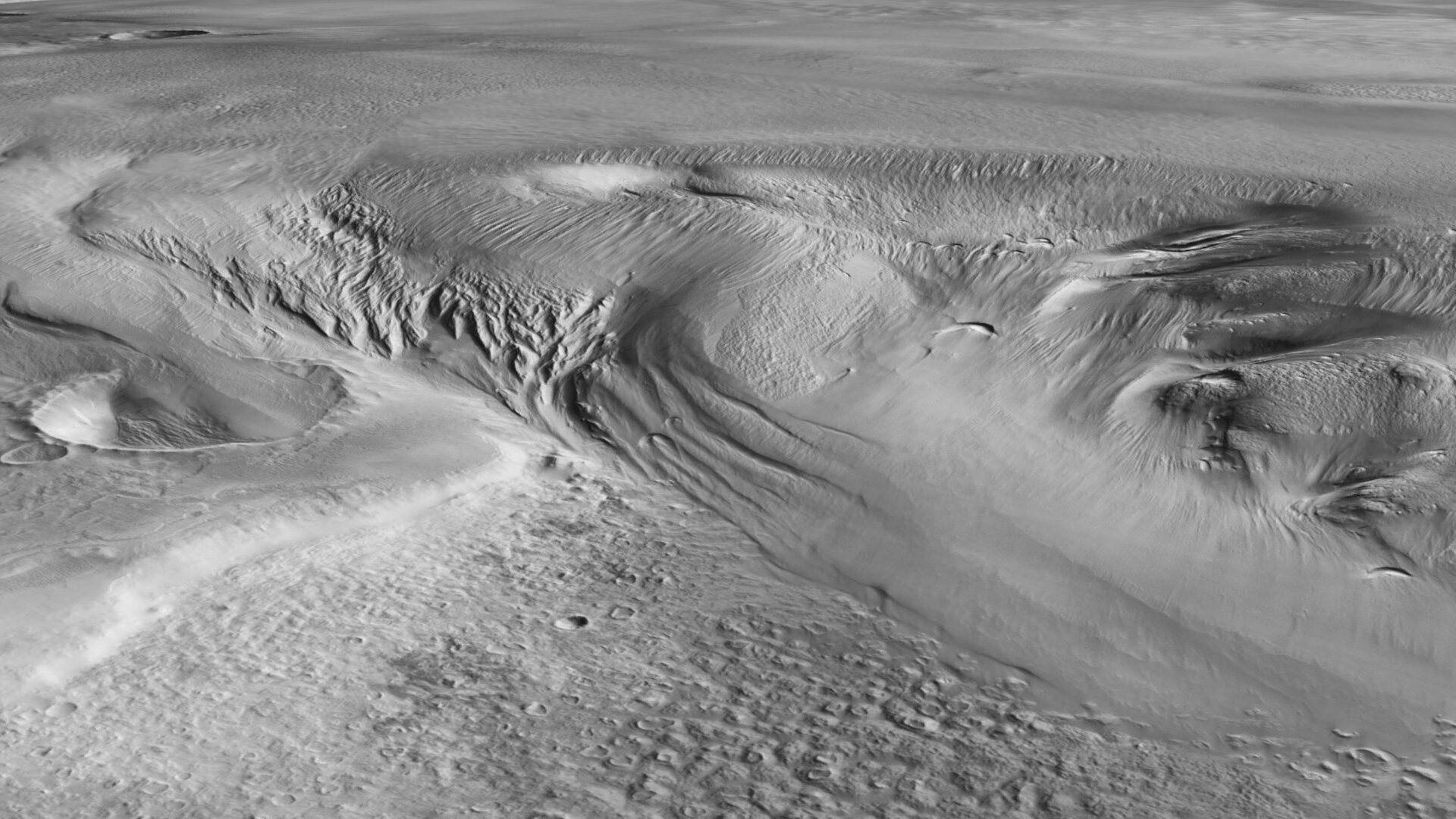
Geologist Thomas Watters of the Smithsonian Institution shared, "We've revisited the Medusae Fossae Formation using newer data from Mars Express's MARSIS radar, and found the deposits to be even thicker than we thought: up to 3.7 kilometres (2.3 miles) thick." The radar signals align with the characteristics of layered ice, similar to signals observed from Mars's polar caps, known for their high ice content.
Scientists estimate that the buried water on Mars is equivalent to the amount found in Earth's Red Sea. This revelation raises questions about the history of water on Mars and its potential implications for past Martian life.
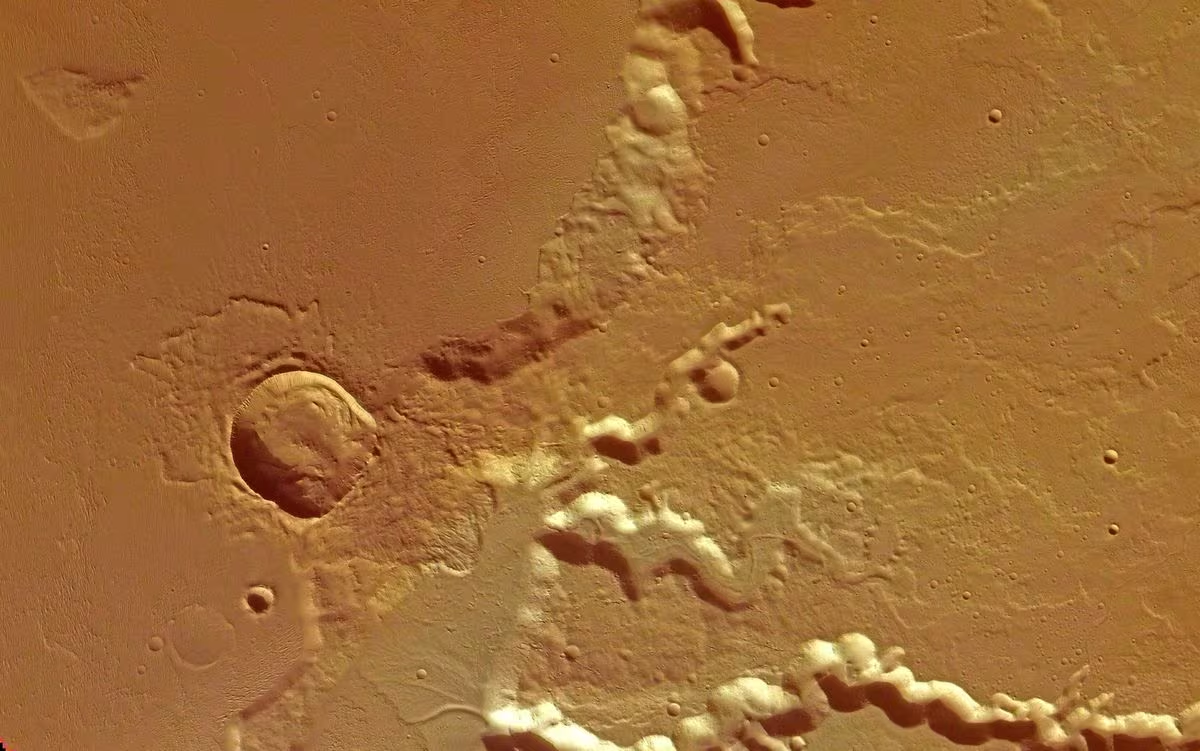
The Mystery of Medusae Fossae Formation Unveiled
In 2007, scientists identified an enigmatic region buried deep at the Martian equator, naming it the Medusae Fossae Formation. Stretching approximately 5,000 kilometres along the equator, the nature of this vast collection puzzled researchers. Various speculations arose, suggesting it could be dust, volcanic ash, remnants from Mars' past, or even water. Whatever it was, it stood several kilometres high.
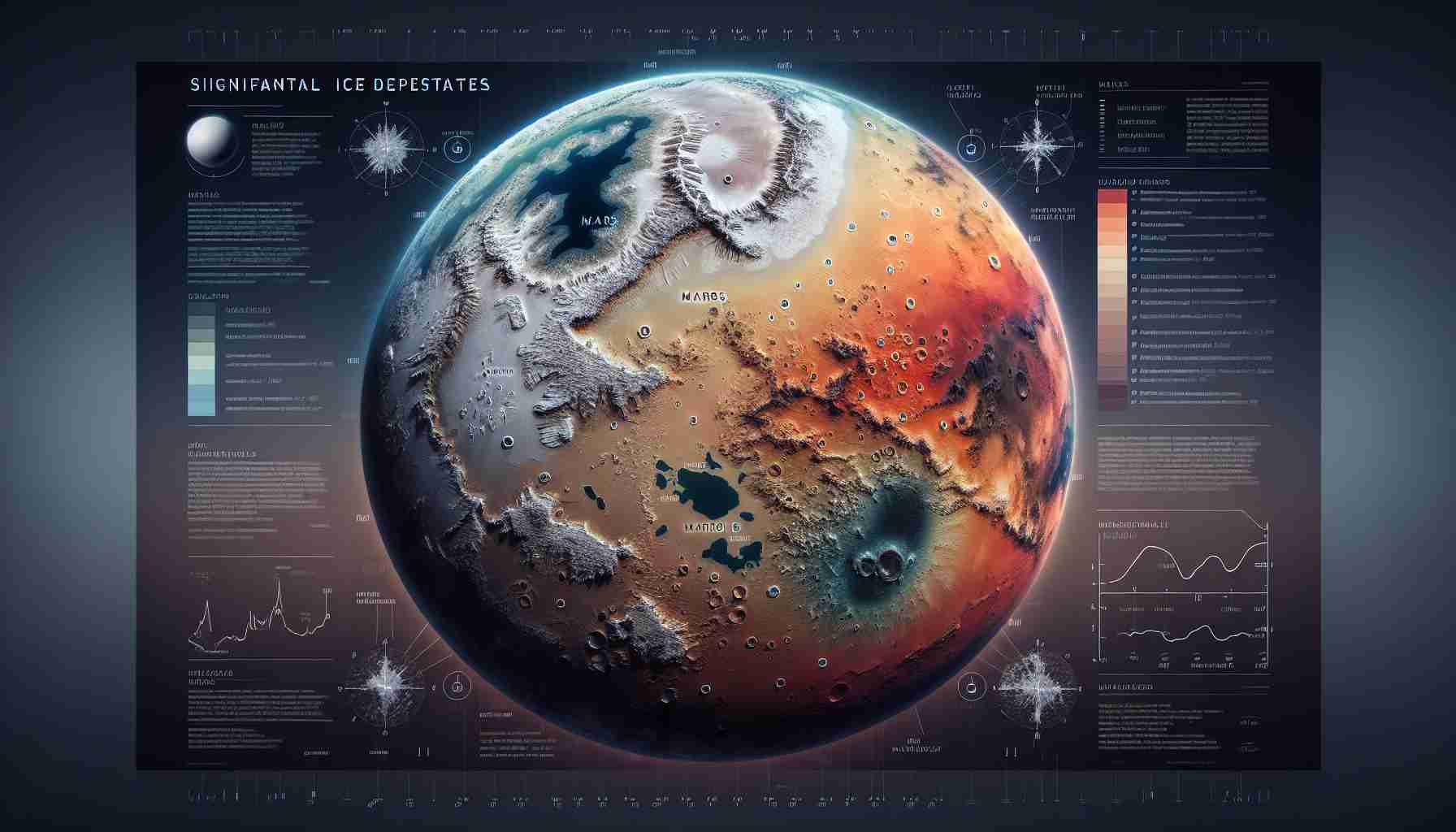
Deciphering the Identity: Ice or Dust?
Scientists ruled out the possibility of the buried material being dust since, if that were the case, it should have compacted under its own weight over time. Physicist Andrea Cicchetti from the National Institute for Astrophysics in Italy stated, "Given how deep it is if the MFF was simply a giant pile of dust, we'd expect it to become compacted under its own weight." This led them to the conclusion that the substance is likely something denser, such as ice.
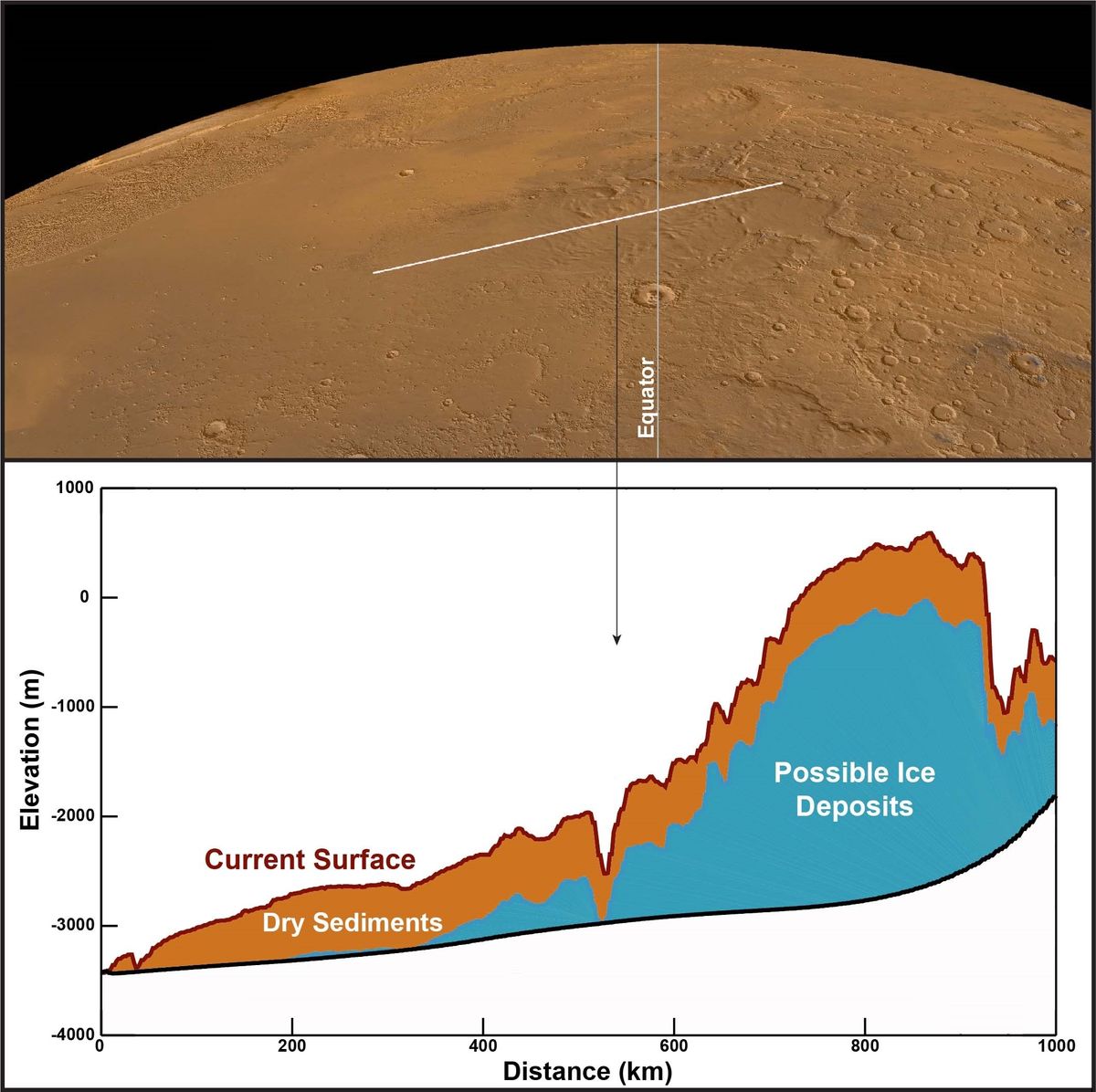
While evidence indicates that water once existed on Mars, scientists are still unravelling the mysteries of what may have happened to all that water. The recent discovery of substantial ice layers at the equator could provide valuable clues in understanding the planet's watery history.
© Copyright 2024. All Rights Reserved Powered by Vygr Media.

